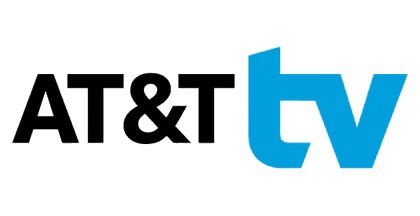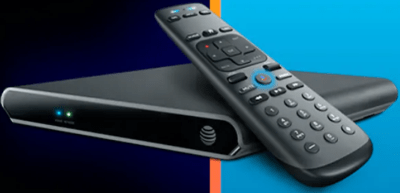
Heynen
Equipment vendors serving the cable industry had one of the worst years in recent memory, with cable industry investment in upgrades dropping like a stone in 2019.
Companies supplying cable broadband equipment that powers internet service saw steep revenue declines to just over $1 billion, compared to $1.6 billion in 2018 and $1.7 billion in 2017. One vendor reported a 30% drop to just $255 million last year, according to Jeff Heynen, Dell’Oro Group’s senior research director for broadband access and home networking. Providers spend this money on DOCSIS broadband upgrades, cable modems and routers, and laying the foundation for next generation cable broadband and fiber networks.
Heynen blamed a reduction in capacity upgrades, an ongoing debate about where cable operators will take the DOCSIS standard next, and an overall lack of broadband competition.
Light Reading reports that a general decline in broadband investment by Charter and Comcast were hard-hitting on vendors. Both companies have been profit-taking after completing DOCSIS 3.1 upgrades and believe that gigabit download-capable broadband networks will suffice for several years to come. Phone company broadband competition growth has also waned as AT&T ends its large-scale fiber to the home expansion and as other phone companies refuse to undertake widespread upgrades; most will continue to rely on DSL technology in non-fiber-upgraded markets. The overall lack of competition from phone company broadband speed upgrades has given the cable industry no reason to undertake more upgrades, except in competitive service areas.
Still, the cable industry is planning to deploy two relatively low cost upgrades starting this year: increasing upstream broadband speeds and growing adoption of routers supporting Wi-Fi 6, a new Wi-Fi standard.
Light Reading:
[Heynen expects] moves to expand upstream bandwidth to help lead the next network investment cycle as cable operators deploy mid-splits or high-splits that expand the amount of bandwidth used for upstream traffic. In most legacy North American DOCSIS networks, the spectrum dedicated to the upstream is in the range of 5MHz to 42MHz. Mid-splits will raise that to 85MHz and high-splits could elevate it to around 200MHz.
Those upstream-impacting network decisions will also help to drive a new generation of DOCSIS consumer premises equipment (CPE) that can tune to these updated upstream/downstream bandwidth splits.
Heynen also notes the business picture is brighter in Europe, where phone companies are moving at a much faster pace to ditch DSL in favor of fiber to the home service. As a result, competing cable and wireless providers are investing in fiber networks of their own to remain competitive.


 Subscribe
Subscribe AT&T has created a streaming television bundle that cable and satellite subscribers can appreciate. Replicating the kind of promotions familiar to DirecTV subscribers, AT&T debuted its new streaming TV service nationwide this morning with three promotionally priced packages that start at a relatively low price and end with a very high one.
AT&T has created a streaming television bundle that cable and satellite subscribers can appreciate. Replicating the kind of promotions familiar to DirecTV subscribers, AT&T debuted its new streaming TV service nationwide this morning with three promotionally priced packages that start at a relatively low price and end with a very high one.
 Cable system overbuilder WideOpenWest, better known to customers as WOW!, has begun offering its customers subscriptions to streaming video competitors fuboTV, Philo, Sling, and YouTube TV, in what could be a gradual move away from selling its own video packages.
Cable system overbuilder WideOpenWest, better known to customers as WOW!, has begun offering its customers subscriptions to streaming video competitors fuboTV, Philo, Sling, and YouTube TV, in what could be a gradual move away from selling its own video packages. Most analysts are predicting this past year will be the worst yet for video customer losses, with nearly two million cable TV customers cutting the cord in 2019, up from 1.26 million in 2018. Business is even worse for satellite TV operators, which lost 1.2 million customers in 2018 and are expected to have shed another 3.25 million customers in 2019 — mostly because of mass customer defections at AT&T’s DirecTV. Altogether, over five million Americans are estimated to have cut the cord over the past year.
Most analysts are predicting this past year will be the worst yet for video customer losses, with nearly two million cable TV customers cutting the cord in 2019, up from 1.26 million in 2018. Business is even worse for satellite TV operators, which lost 1.2 million customers in 2018 and are expected to have shed another 3.25 million customers in 2019 — mostly because of mass customer defections at AT&T’s DirecTV. Altogether, over five million Americans are estimated to have cut the cord over the past year.
 Another independent cable company is dropping cable television service.
Another independent cable company is dropping cable television service.